6. Creepy (Kiyoshi Kurosawa, Japan)
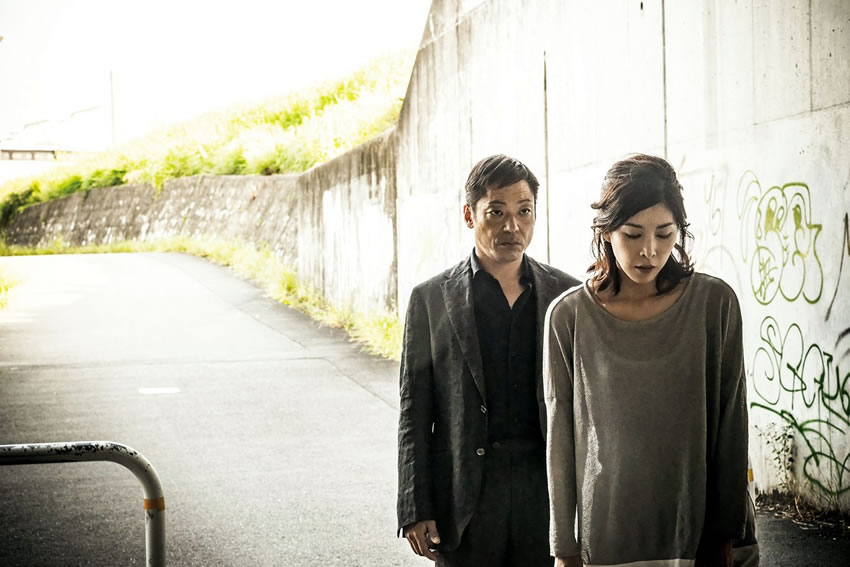
Kiyoshi Kurosawa is responsible for two (“Pulse” and “Cure”) of the best J-horror movies of the modern era, and “Creepy” is his return to form after some nice tries with other genres.
The plot is similar to “The Wailing”; a retired inspector is fascinated by a stone-cold case and investigates it personally with one of his former colleagues, only to find that his family is in grave danger and their neighbor looks the most suspicious.
Teruyuki Kagawa, the actor who plays the wicked neighbor, is the true star of the film. His kind demeanor conceals something that is extremely unpredictable and dangerous. It’s an understated performance that will give you goosebumps.
Best to watch with “The Wailing” as double feature, “Creepy” is exactly what the title suggests – a creepy film that will send chills down your spines.
7. Frantz (Francois Ozon, France | Germany)
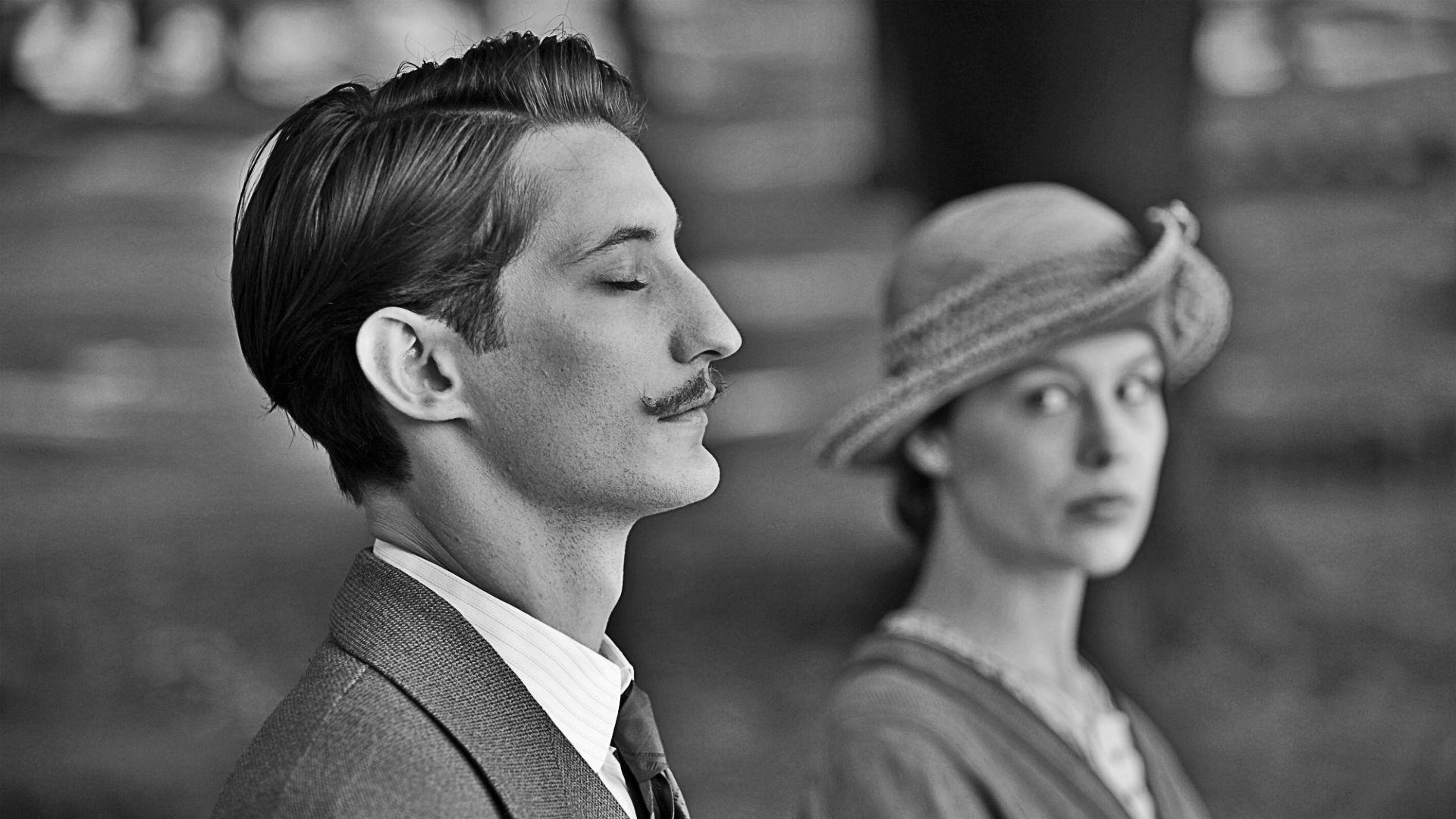
Those who are familiar with French director Francois Ozon’s films know that he likes to depict all kinds of unconventional romances. His latest B&W World War I drama “Frantz” is probably one of his most conventional movies in terms of themes.
To feed some of your curiosity here, Frantz is a young German soldier who died during World War I. His fiancee Anna finds a young man who constantly appears in front of the tomb of Frantz and sends him flowers. Later, Anna learns that the man is called Adrian; he and Frantz became friends during the war. Anna can’t help but fall in love with Adrian, only to learn that there’s another shocking secret to be revealed.
Adapted from Ernst Lubitsch’s 1932 antiwar film “Broken Lullaby”, “Frantz” is a beautifully told romantic story that celebrates love beyond boundaries. It’s one of the most artistic films made in years. The black-and-white cinematography by Pascal Marti is gorgeous to look at; its multiple uses of color are brilliant to demonstrate the emotional change of the protagonists.
Ozon’s collaboration with composer Philippe Rombi here is one of their best, and the violin score perfectly suits the melancholic tone of the film. German actress Paula Beer’s stellar Venice-winning performance is one of the best in 2016. We should also mention the use of Edouard Manet’s painting Le Suicidé that appears in the film several times; what is the purpose of referencing it so many times in this movie? You will have your own answers after watching this wonderful film.
8. Kaili Blues (Bi Gan, China)
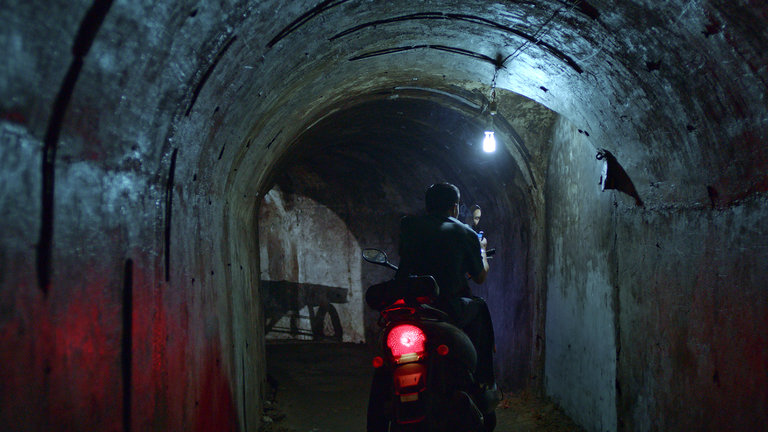
The Chinese film industry is undergoing a very strange stage nowadays. On one hand, they are making movies that are able to make big money in the domestic box office; on the other hand, they lack the quality to compete in any major film festivals in Europe, compared to other Asian countries like Japan, South Korea and Iran.
So when director Bi Gan’s debut feature ”Kaili Blues” won the Golden Leopard award at the Locarno Film Festival, it came as a big surprise. What’s more surprising is that it’s totally unlike any famed Chinese film made before; it’s an art film where you could easily spot the masterstrokes of Andrei Tarkovsky, Apichatpong Weerasethakul, and Hou Hsiao-Hsien.
Bi Gan once said that Tarkovsky’s “Stalker” is the one film that made him realize the magical power of cinema and made him want to become a filmmaker. Like Tarkovsky films, Kaili Blues does not rely on plot, it’s just a stream of consciousness that only follows some dream logic, if there is any.
Also like Tarkovsky who often quoted his father’s poem in his film, Bi Gan uses his own poems in the film and gives it the poetic depth. Probably the biggest homage the director pays to the master is a majestic 41-minute long take that need to be seen to be believed. This is the best Tarkovskian movie in years, and that says a lot.
9. After the Storm (Hirokazu Koreeda, Japan)
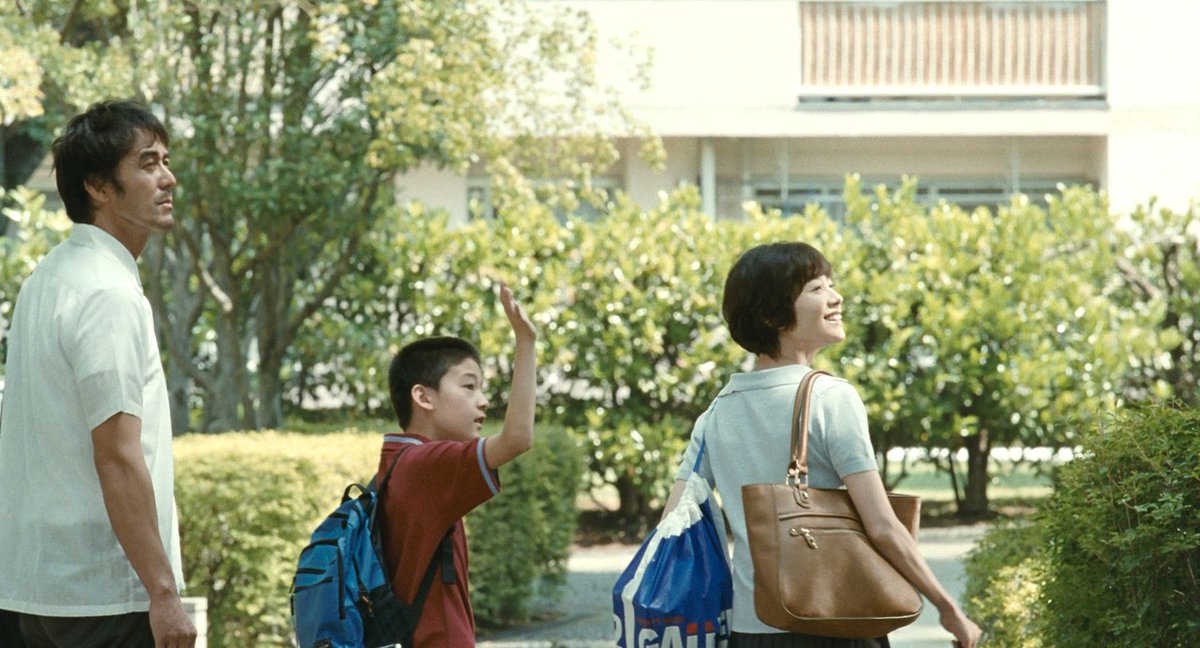
Often considered to be the heir to the legendary Japanese filmmaker Yasujiro Ozu in terms of themes and methods, Hirokazu Koreeda has made an array of terrific family dramas in recent years. His latest output, ”After the Storm”, is a typical Koreeda film that centers the ins and outs of a modern Japanese family.
What really connects the film to the legacy of Ozu is the director’s honesty when depicting relationships between family members and the love for his characters. As far as drama goes, little is going on, but it’s the director’s subtle touch on humanity and mundane daily lives that resonate with the audiences and move us.
“After the Storm” does not have the happy ending everyone expects from the beginning of the film, and that is what life is. That’s the most respectable thing from a film and a filmmaker who made it.
10. A Bigger Splash (Luca Guadagnino, Italy | France)
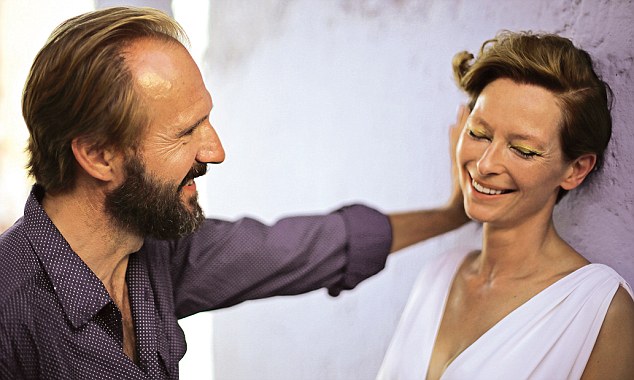
Even if you haven’t seen any films by Italian filmmaker Luca Guadagnino, you have probably heard of the news that he is remaking Dario Argento’s cult classic “Suspiria”. So one might ask, what gave the director the confidence to remake something that is so beloved by horror fans, given the fact that he has only made two feature films to date? “A Bigger Splash” might give you some clues.
The film is a remake of the classic French thriller “La Piscine” starring Alain Delon and Romy Schneider, and Guadagnino was lucky enough to get two great British actors, Ralph Fiennes and Tilda Swinton, to fill in the shoes of the two legends. Fiennes plays a music promoter who can never stop talking, while Swinton plays his ex-lover and a rock star who lost her voice due to recent surgery, and it’s really an enjoyment to see two acting heavyweights playing against each other with such contrast.
The director gives the film a lot of naturalistic feeling with natural lighting and improvisation acting, so much so that you don’t really feel the tension a good thriller requires. One thing is sure, though – Guadagnino has his unique visual style, so let’s hope his “Suspiria” remake will do the original some justice.